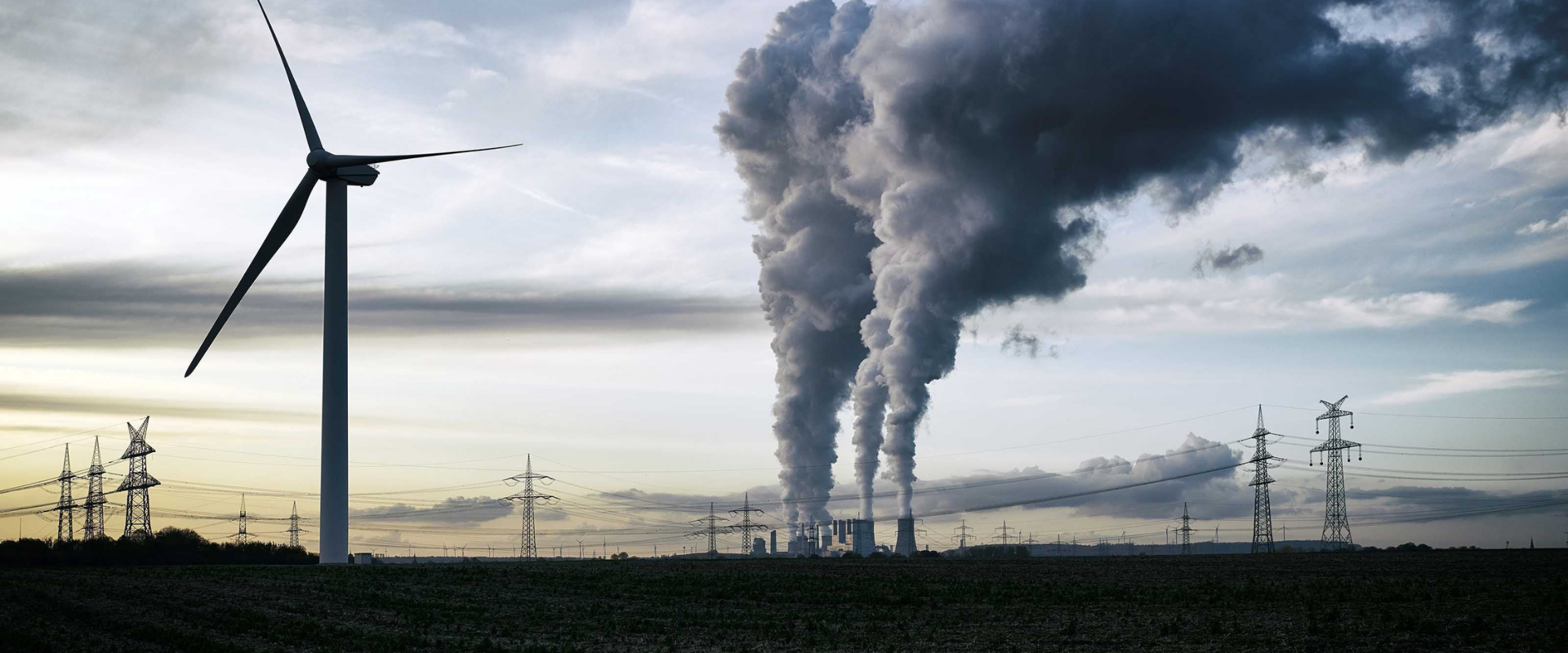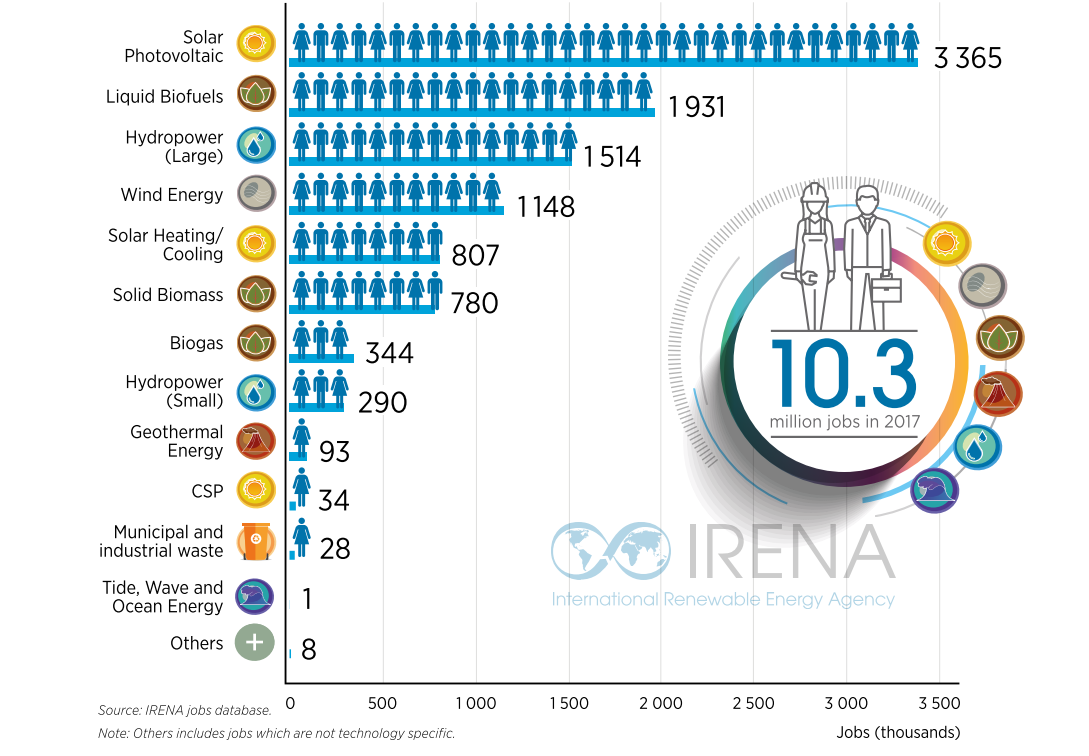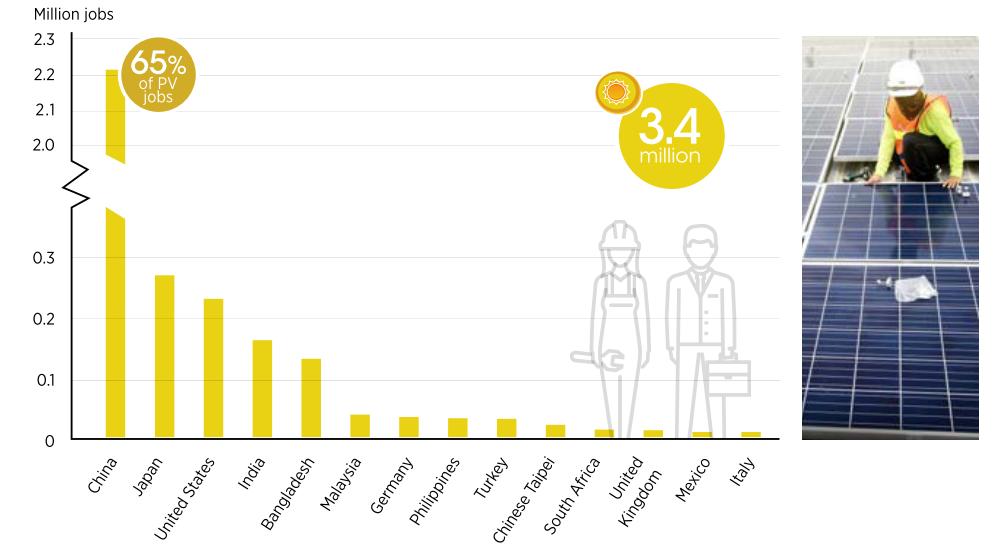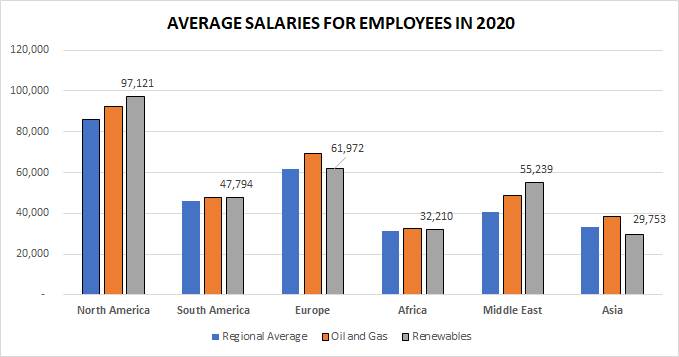
Carbon Literacy: Carbon And What It Means For Energy Workers
Carbon Literacy and the Energy Industry
The ubiquitous nature of carbon makes it a very important concept that you need to understand moving forward in the energy industry.
The past year has seen an extensive leap in the number of employees looking to move jobs, both within their current sector and more broadly across the Energy industry, going from slightly more than half (56%) in 2019 to nearly three-quarters (73%).
Despite the seemingly growing popularity of renewable energy, carbon emissions, climate change, and similar topics, Google Search trends reveal that most of the world's population is still more interested in searching for and learning about oil and gas, fossil fuels, and the petroleum industry at large.
The aim of this post is to shed some light on the concept of carbon and why understanding carbon is important for the energy worker.


Current State of the Energy Sector
About 85 percent of the energy consumed in modern society comes from fossil fuels. Large sums of money have already been invested in the existing energy landscape – the natural gas fields and pipelines, the petroleum refineries, petrol stations, coal mines, and electric grids that power modern societies.
Today, power plants produce about 30 percent of all carbon emissions. To meet the growing need for electricity in developing countries while simultaneously reducing greenhouse gas emissions, the amount of carbon released per unit of electricity production must fall 75 percent by 2050.
This will require phasing out older, inefficient coal plants, and replacing them with a mixture of combined-cycle natural gas, nuclear, wind, geothermal, biomass, and solar power.
But What Does All Of This Mean For The Energy Worker?
Let's look at some key numbers from IRENA's Renewable Energy and Jobs 2018 report:

- Global renewable energy employment reached 10.3 million jobs in 2017, an increase of 5.3% compared with the number reported in the previous year
- China alone accounted for over 43% of all renewable energy jobs. Its share is particularly high in solar heating and cooling (83%) and in the solar photovoltaic (PV) sector (66%), and less so in wind power (44%).
- The PV industry was the largest employer (almost 3.4 million jobs, up 9% from 2016). Expansion took place in China and India.
- Employment remains limited in Africa, but the potential for off-grid jobs is high, particularly as energy access improves and domestic supply chain capacities are developed.
All these key numbers point to the fact that the low-carbon renewable energy industry is growing and to support that growth, it's employing millions of energy workers.
The reason carbon is so important in this discussion is that carbon (carbon in the form of CO2 emissions) is one of the leading contributors to climate change. Climate change is already affecting the entire world, with extreme weather conditions such as drought, heatwaves, heavy rain, floods, and landslides becoming more frequent.
In order to limit global warming to 1.5 degrees Celsius – a threshold the Intergovernmental Panel for Climate Change (IPCC) suggests is safe – carbon neutrality by 2050 is essential. This target is also laid down in the Paris agreement signed by 195 countries
How do we make progress in reducing carbon emissions?
To make progress in reducing greenhouse gas emissions, there are two fundamental areas we need to focus on:
- Energy (this encapsulates electricity, heat, transport, and industrial activities)
- Food and agriculture (which includes agriculture and land-use change
This blog focuses on number 1, carbon and energy.
How can we decarbonize our energy systems?
- Shift towards low-carbon electricity (reduce carbon intensity – carbon per unit energy)
– Renewables
– Nuclear energy
– Shift from coal to gas (which emits less CO2 per unit energy) as an interim step - Develop low-cost low-carbon energy and battery technologies. To do this quickly, and allow lower-income countries to avoid high-carbon development pathways, low-carbon energy needs to be cost-effective and the default choice.

The graph above shows the estimated number of jobs in 2017 in various low-carbon projects. Energy workers who are considering a career shift or acquiring skills, training, and certificates can look at the employment numbers grouped by technology.
Shifting to low-carbon electricity would require reskilling and up-skilling the energy industry workforce. As the discussion around carbon grows, it would become increasingly important that energy workers would need to pay attention to the following, some of which include lifestyle changes.
- Carbon related policies
- Carbon emission outputs of the projects they work on
- The type and age of vehicles they use to commute.
- Climate change goals of energy companies they are working with.
The goal is for every energy worker to become a globally responsible energy citizen who is not just contributing to the pollution but is now contributing to the solution.
The graph below shows the leaders in solar PV employment grouped by country. Reports show that China, Japan, and the US were amongst the top employers in solar PV.

The Energy Outlook published by Brunel and Oil and Gas Job Search revealed a simple comparison between the average salaries for employees in 2020 across different regions for energy workers who are considering a switch to the low-carbon renewable energy industry.

Average salaries for employees in 2020
What Is Carbon Literacy Project?
The Carbon Literacy Project is the awareness of the costs and implications of carbon in daily activities, as well as the ability and incentive to reduce emissions, on an individual, community, and organizational basis.
The plan was kick-started in Manchester, UK, and aimed to
- reduce emissions by reducing energy demand and use; modifying energy production technologies; and switching fuel sources from fossil fuels to renewable energies; and
- create a "low carbon culture" by fostering a shared understanding of the causes and consequences of climate change and developing "carbon awareness" programs.
More information about The Carbon Literacy Project can be found here.
Carbon Literacy Courses
Delegates may trace their own carbon footprint and get knowledge and incentive to minimize personal and workplace emissions through these fascinating and interactive courses outlined below:
-
Certification from Carbon Literacy Project
This project pioneers and assists in the delivery of Carbon Literacy in an innovative and award-winning manner - through the certification of individuals and organizations based on their participation in a fantastic day of climate change education that the participants helped design.
Get started here.
-
EAUC Carbon Literacy Training
This online Carbon Literacy course is a blended learning experience that includes self-study components as well as two half-day virtual training sessions, and it offers climate change learning for everyone. It is an excellent method to develop a thorough understanding of climate change and the effects of our daily actions on the environment.
-
UQ Carbon Literacy Program
UQ is Australia's first university to introduce a Carbon Literacy Program. This brief accredited course will teach you about the influence of daily activities on the environment, as well as initiatives you can take as an individual, a community group, or an organization to minimize emissions.
-
Cambridge Carbon Literacy Project
Any Cambridge student interested in climate action or learning more about the global crisis will receive free training from certified Carbon Literacy teachers.
Cambridge Zero provided the official training, which was based on the new Carbon Literacy Project course for higher education, which was developed by Cambridge trainers. This is an excellent opportunity to learn more about the climate crisis while also earning an internationally recognized credential.
-
Carbon Literacy for Local Authorities
This course is available as a full day or two half-days online. To get the Carbon Literacy Award, you'll need to put in an extra two hours of work on your own. Prior to the training, a video link will be provided, as well as a self-assessment of learning that will be submitted to the Carbon Literacy Project.
Manup gives you access to projects in this Low-carbon industry such as Solar, Wind, Geothermal, Hydrogen, and so on.
To keep getting valuable information, make sure you sign up to gain visibility to the top renewable energy projects globally.
About the Author
Fisayo works in Business Operations at Manup and has a strong interest in the oil and energy industry. His educational background is in Petroleum Engineering from Covenant University and Artificial Intelligence and Machine Learning: For Business Application from UTexas